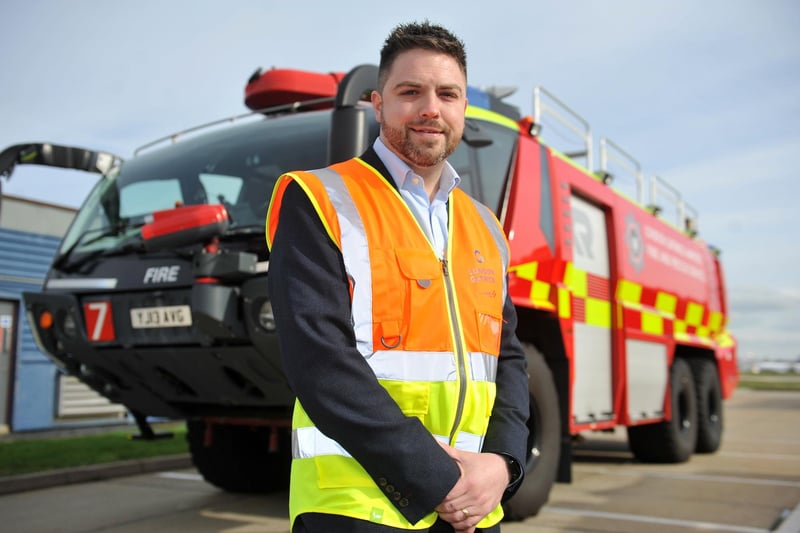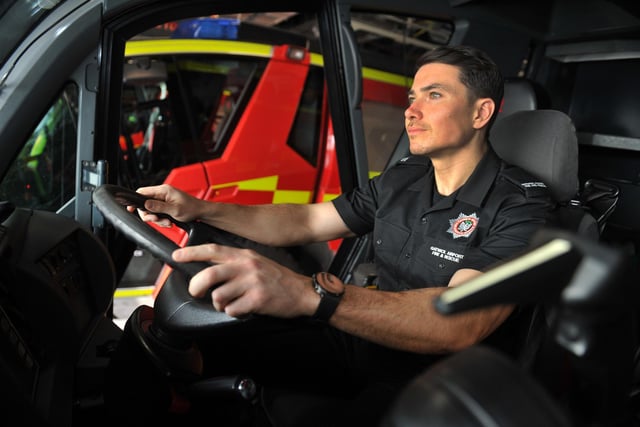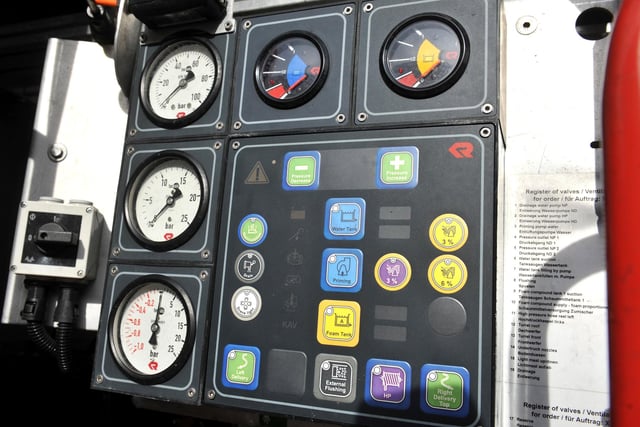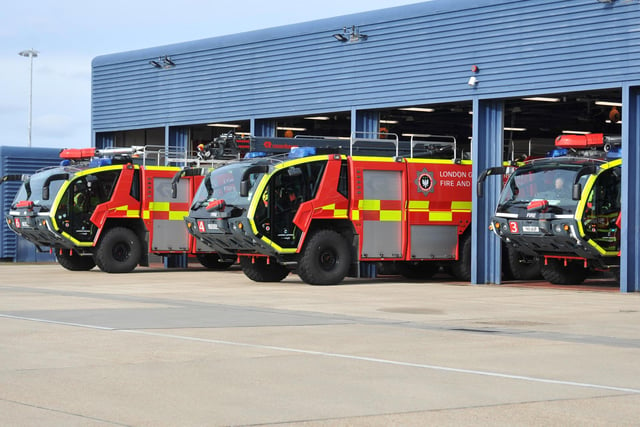Gatwick’s planning application to bring the airport’s existing Northern Runway into routine use, has today (Tuesday, February 27) entered the examination phase with the Planning Inspectorate. The airport believes it is investing in its long-term future with the application and say this low-impact plan will improve resilience, reduce delays, and provide a significant boost to the national and regional economy by supporting trade, tourism, and new jobs.
But they have received opposition from campaign groups such as CAGNE and CPRE, the countryside charity, because of the environmental and noise impact the extra flights and footfall could have.
London Gatwick have taken many steps in their application to help lower those impacts including the transitioning of 300 vehicles from diesel to HVO.
After months of vigorous testing, the 300 vehicles, including nine Øveraasen Snow Ploughs and five Rosenbauer Panther fire and rescue vehicles, have transitioned and are being used around the campus.
Steve Kelso, head of engineering at London Gatwick, said: “We have had it on trial for the past three months, we wanted to test for impact and performance, reliability with the engines which has all proved successful and we are now rolling it out to all our diesel fleet and it started this February.
“This is the first step ahead to the bigger picture. We feel we have a strong case that brings many benefits and we are looking forward to have the examination done by the inspectors."
In 2023, London Gatwick accelerated its commitment to be net zero for its own Scope 1 and 2 carbon emissions by 2030, 10 years ahead of its previous commitment. Mr Kelso explained: “For us to achieve our net targets for Scope 1 and Scope 2, it is achieved by three ways. You have got the decarbonisation of heat, which is essentially stop burning natural gas, so move away from gas boilers to a more sustainable source of heat like air source heat pumps.
“The next phase is around our chilling. For our chillers to keep people cool around the campus we are looking towards the lowest global warming gas as possible then finally it’s our transition of our fleet. It’s moving to zero emission vehicles, predominantly EV. We already have some EV as part of our fleet but the rest of them, such as the ones you are seeing with HVO will also transition to EV when available.”
Some of the vehicles that are now powered by HVO include all the airport’s fire engines, airside operations vehicles and snow ploughs. An extensive trial concluded that HVO had no impact on the performance of the vehicles, meaning the fire engines still have the capability to respond to call outs anywhere on the airfield within three minutes.
George Treadwell, a crew manager at London Gatwick's Fire and Rescue, said: “With our Panthers having HVO fuel rather than diesel, we have seen no performance difference. What’s really important to me and the crews is that any vehicles we have to deploy across the airfield is to have that reliability and performance. When we went through the transition period and the testing from diesel to HVO, we didn’t notice any performance difference between the two.”
And Mr Treadwell, who has been at Gatwick for 14 years, said the environmental impact of what they do is very important. “We are trying to promote across the airport, saving life, rescuing, we are environmentally friendly, we want to have an impact,” he said. “We have a lot of big vehicles burning fuel but what is important to me is to help the environment, help the area we are working and living in. It’s my health ultimately as well so it’s in my best interest not only to promote the HVO fuel but to be an ambassador for it. We can celebrate the fact we are a lot greener than we used to be.”
The airport will invest £250+ million to replace all vehicles, gas boilers and refrigerants with low carbon alternatives. Gatwick will also continue to reduce overall energy use, invest in on-site renewable energy, including solar power, and continue to source 100% renewable electricity.
The UK Government – through its Jet Zero strategy – and the UK industry – through Sustainable Aviation – have a plan for aviation to reach net zero by 2050. London Gatwick is working with airlines and industry partners to tackle Scope 3 emissions. This will be achieved through a range of measures including airspace modernisation and innovations in SAF, electric, hydrogen and hybrid aircraft.
London Gatwick has recently achieved Level 4+ ‘Transition’ of the Airport Carbon Accreditation scheme - the only institutionally-endorsed, global carbon management certification programme for airports.

1. Steve Kelso, Head of Engineering at Gatwick Airport. SR24022701 Pic SR staff/Nationalworld
Steve Kelso, Head of Engineering at Gatwick Airport, with one of the Rosenbauer Panther fire and rescue vehicles. SR24022701 Pic SR staff/Nationalworld Photo: SR Staff

2. Hydrotreated Vegetable Oil is now being used in Gatwick Airport Fire and Rescue service vehicles
Hydrotreated Vegetable Oil is now being used in Gatwick Airport Fire and Rescue service vehicles. SR24022701 Pic SR Staff/Nationalworld Photo: SR Staff

3. Hydrotreated Vegetable Oil is now being used in Gatwick Airport Fire and Rescue service vehicles
Hydrotreated Vegetable Oil is now being used in Gatwick Airport Fire and Rescue service vehicles. SR24022701 Pic SR Staff/Nationalworld Photo: SR Staff

4. Hydrotreated Vegetable Oil is now being used in Gatwick Airport Fire and Rescue service vehicles
Hydrotreated Vegetable Oil is now being used in Gatwick Airport Fire and Rescue service vehicles. SR24022701 Pic SR Staff/Nationalworld Photo: SR Staff